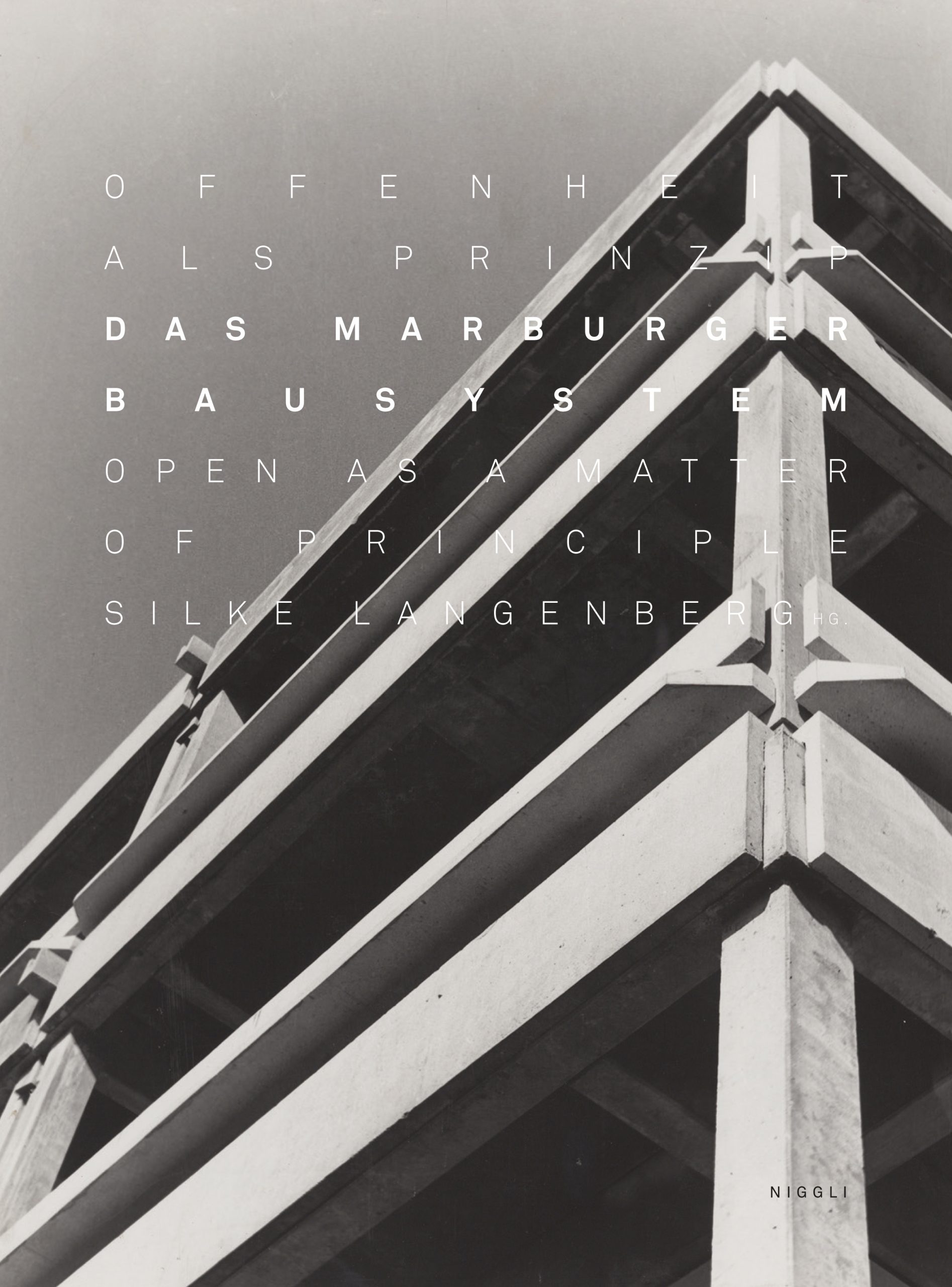
54,00 €
Out of stock
–
recommend it
–
Silke Langenberg (Hrsg.)
–
Das Marburger Bausystem
Offenheit als Prinzip
Das Marburger Bausystem ist eines der frühesten und vermutlich auch international das bekannteste deutsche Bausystem. Ursprünglich als Diplomarbeit für Hochschulbauten der Universität Kiel von Helmut Spieker entwickelt und erstmals für die Erweiterung der Universität Karlsruhe modifiziert, wurde das Bausystem schliesslich 1961/1962 auf den Marburger Lahnbergen realisiert – es steht am Anfang der Verdoppelung des deutschen Hochschulbaubestandes. Ziel ist die Schaffung eines offenen, vollkommen flexiblen Bausystems, das sowohl die Anforderungen der Erstnutzer erfüllt als auch die Möglichkeit nachträglicher Änderungen und Erweiterungen bietet.
Das Marburger Bausystem setzt eine voll genormte Bauweise voraus und muss seiner Konzeption entsprechend als ein von seinem Ort und seiner Nutzung unabhängiges, neutrales System gewertet werden, wie mehrere Schulen, eine Tank- und Rastanlage nahe Fulda oder das Verwaltungsgebäude des DFB in Frankfurt beweisen.
Das System ist flexibel, variabel und erweiterbar, alle Bauteile sind typisiert, vorgefertigt, können einfach montiert und demontiert werden. Es begünstigt damit sogar grössere Reparatur- und Sanierungsmassnahmen.
Die Publikation soll dieses Bausystem der Fachwelt und Liebhabern guter Architektur wieder in Erinnerung bringen. Besondere Aktualität erhält es durch den Umstand, dass die Marburger Universität kürzlich unter Denkmalschutz gestellt wurde.
